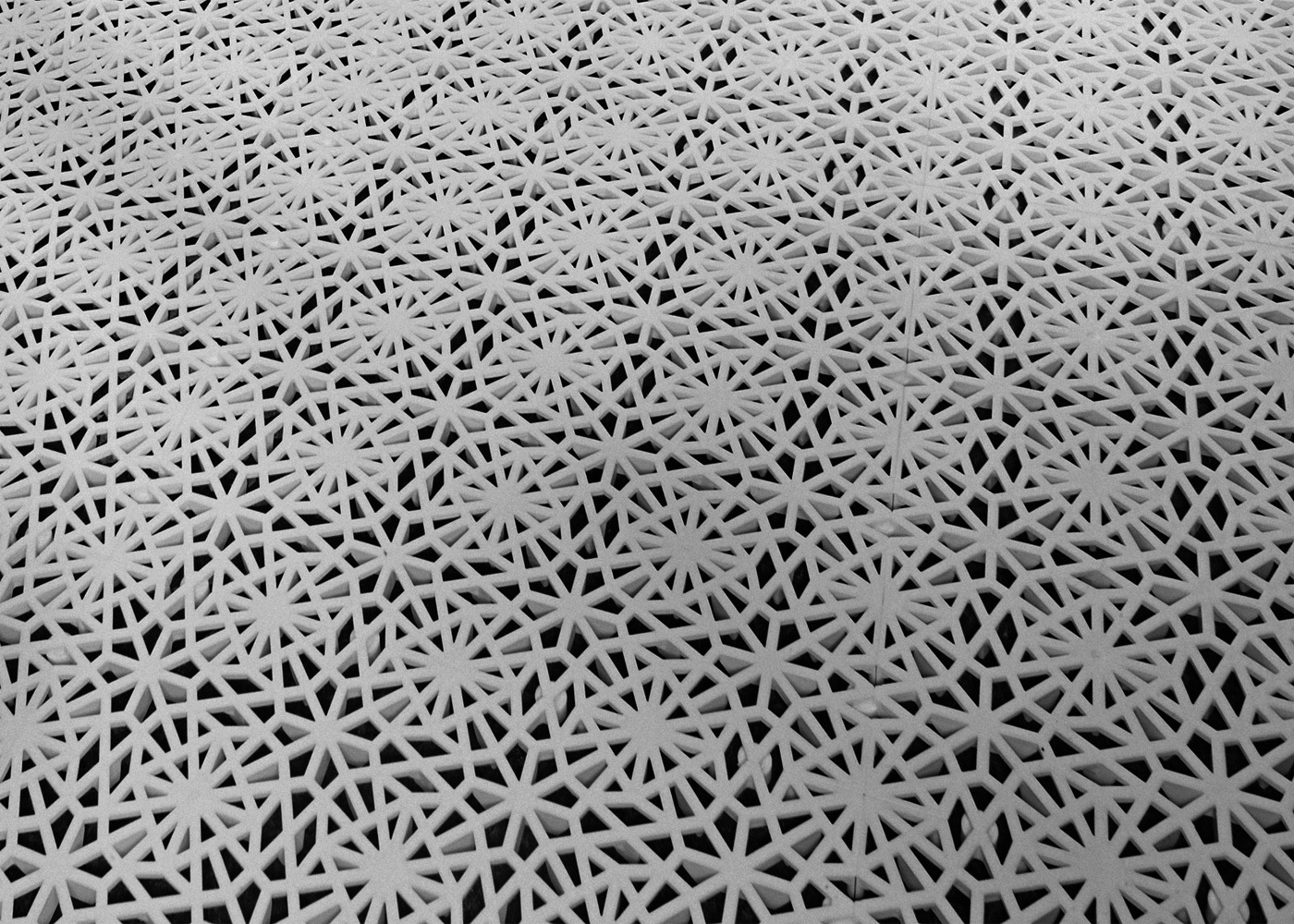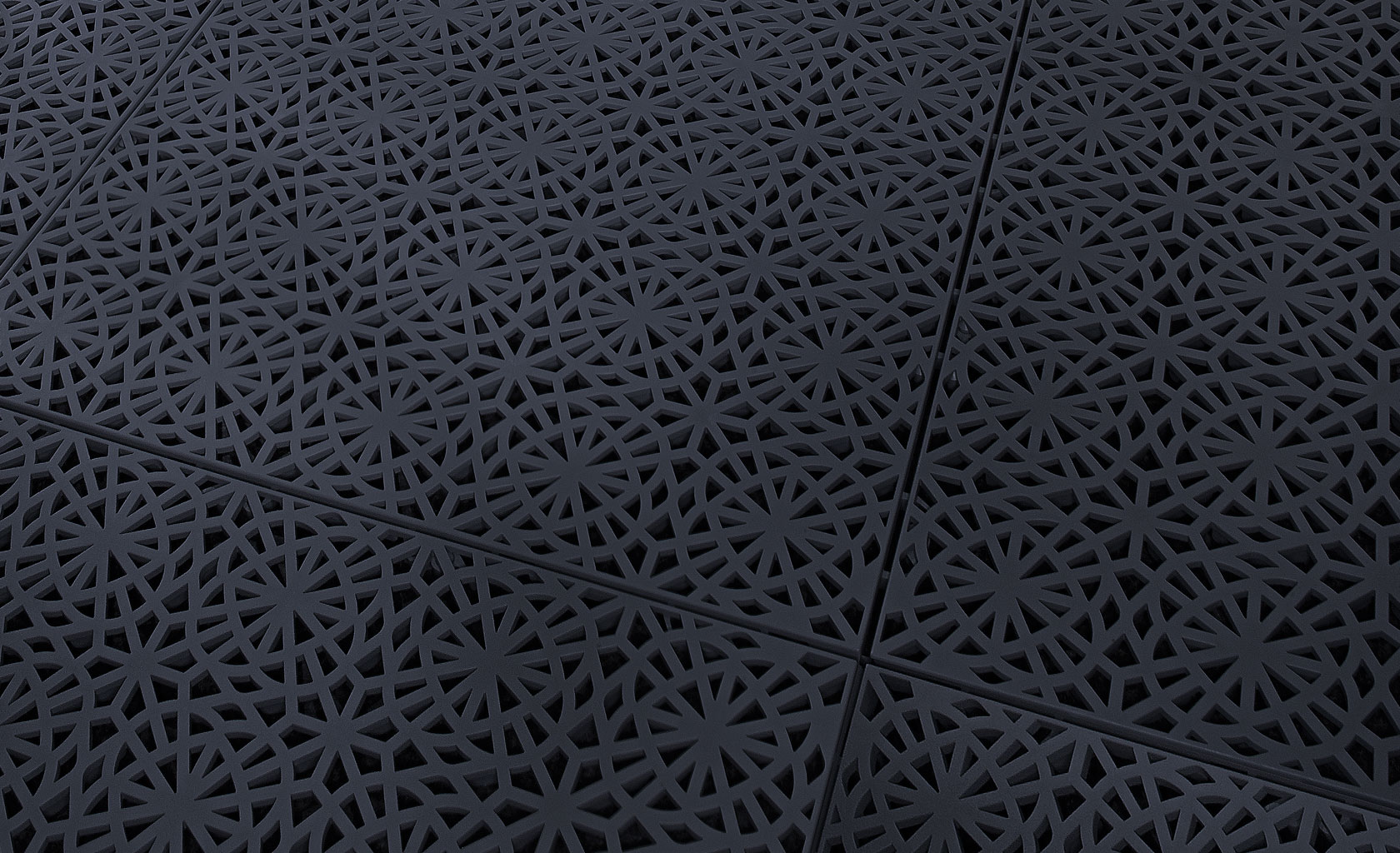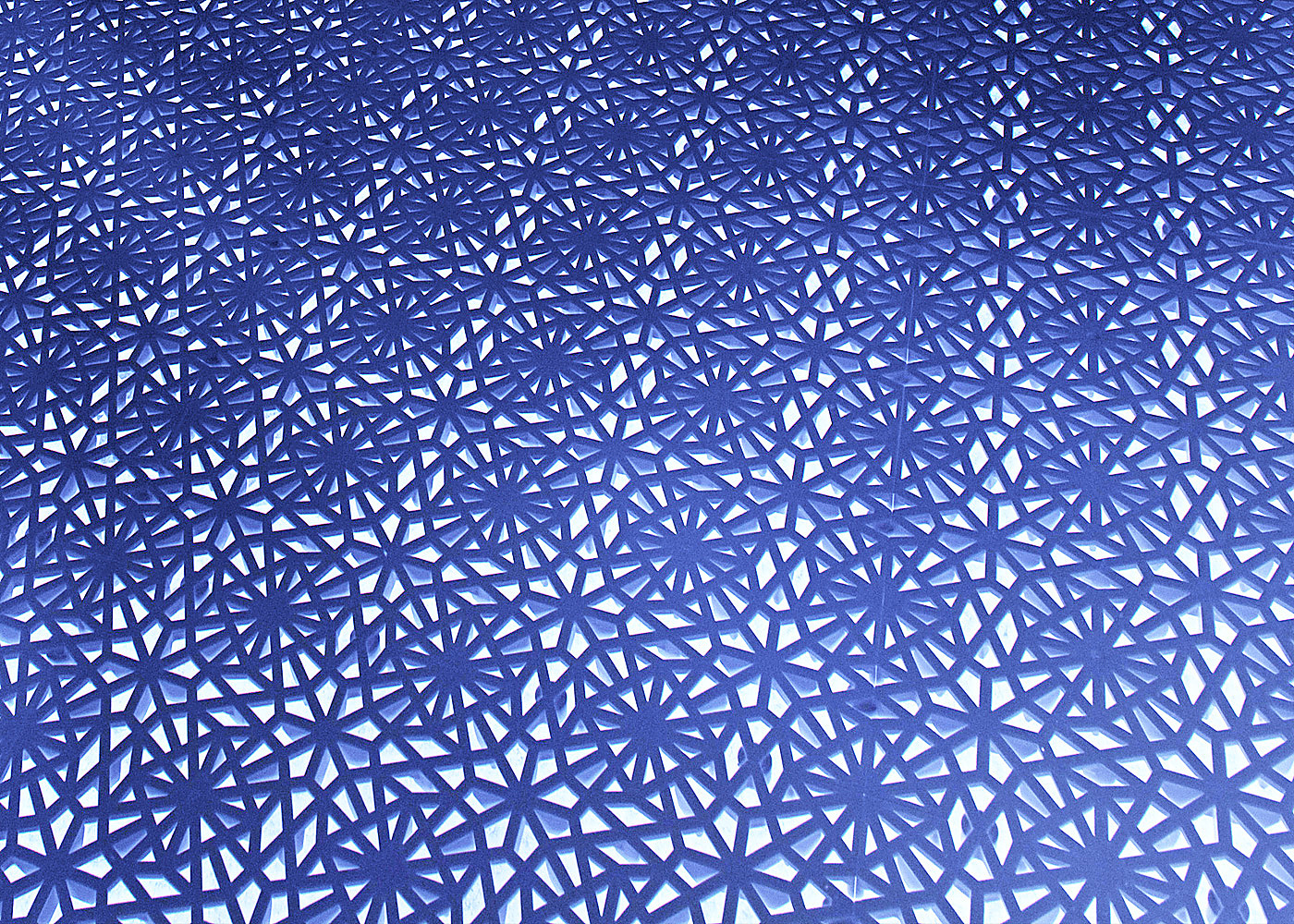No! Golv tiles can be left outside all year round. Neither snow nor ice damage the tiles.
Category Archives: FAQ
How long will my Golv flooring last?
There is no generally expected lifetime for Golv flooring, but we have developed the flooring with a focus on both a high level of functionality and a long service life. This means, among other things, that the flooring can cope with the sun’s UV rays over a long period without bleaching. You should be happy with your purchase, both initially and for many years to come. For instance, most of the flooring we supplied around 20 years ago is still in place!
What tools do I need to lay Golv tiles?
Normally, only a mallet or rubber hammer is required! You may also need a saw, yardstick and pen for adjustments. See laying instructions.
What type of saw should I use?
An ordinary compass saw works best, but an ordinary hacksaw is also OK! Avoid coarse-toothed saws, however.
Write to all our floors are for private garage where you drive straight in and straight out without twisting wheels. But System1 proudukterna (Royal / Premium) is recommended for larger areas and tougher environment where you have to change the wheels on the ground (eg car showroom).
Yes! Golv tiles are very durable, can cope with rough use and are therefore ideal for garages! Studded tyres present no problems, although you will have to assume greater wear and tear, of course, which is true for all flooring types!
Does the surface underneath need to be level to lay Golv tiles?
Normally, no. The tiles adapt to the surface underneath and minor irregularities and hollows do not normally need to be dealt with.
What preliminary work do I need to do before laying Golv tiles?
Normally, none. In addition to a clean surface, any “large” irregularities and hollows should be evened out using a suitable material.
Is it simple to take up the flooring, if necessary?
Yes! There is a hand tool for small installations and a special tool for effective tile removal for large areas. Normally, you do not separate all the tiles, but divide the area into sheets consisting of, for instance, 2×3 or 3×4 tiles. That also makes it quicker to re-lay them again…
My cellar floor is damp. Can I lay Floor tiles on it?
That’s fine. One of the many excellent properties of Golv tiles is that an air gap is formed between the damp floor and the new flooring surface. As Golv tiles do not need to be glued or screw/nailed to the surface underneath, this allows the damp concrete floor to breathe. Unlike traditional floor coverings that seal in the moisture and can cause an unpleasant smell, you get an odour-free floor covering on which you can store boxes and furniture, safe in the knowledge they will not absorb moisture.
Can the different coloured tiles be combined?
Yes! Combining different colours creates an attractive pattern. You can also achieve a visual effect by combining colours, e.g. for industries where you can choose a suitable colour to indicate that an area is dangerous.
Can Royal and Excellence be combined?
No, the different tile types cannot be combined. As they have been developed for different uses and thus have different structures, they cannot be combined for technical reasons.
Is standing and working on Golv tiles ergonomically sound?
In general, the tiles are slightly resilient without feeling heavy to stand on, which is good from both ergonomic and psychological points of view. In addition, the perforated pattern means that shoes with rubber soles also have a better cushioning effect, compared with standing and working on a solid floor, for instance of concrete or tiles and the like. In fact Golv tiles are also sufficiently firm and strong enough to withstand the weight of a hand trolley, which cannot be run over normal rubber matting. (Please note, this means hand trolleys, not electric forklift trucks, which should not be run on Golv tiles.)
When are expansion strips needed?
In general, when laying large areas outdoors. When the flooring is exposed to temperature fluctuations, e.g. due to strong sun which quickly breaks through and shines on the flooring. This particularly applies to any areas larger than 15 m2. For large areas indoors, expansion strips may also be required. Temperature fluctuations due to large windows or doors, where strong sunlight may affect the flooring, should be taken into account. More information is available in the Laying Instructions. Please seek advice from store personnel or contact our customer service.
Does the flooring get slippery when snowed on?
Like other floor coverings, Golv tiles are not entirely non-slip if they get snow on them, but they do have the advantage that any melted snow drains away.
What is the difference between Premium and Royal and what’s best for a garage?
The difference is in the structure of the tile, particularly the underside, where Premium has stronger support legs, among other things. Golv Royal has been developed for the home environment, e.g. garages and is intended for “normal” use. Golv Premium is recommended, for instance, for workshops, where the floor is always in use and where the floor is constantly up and re-laid frequently, such as in racing contexts. Such flooring is subject to a lot of wear and Premium is required to cope with these challenges.
Can the tiles cope with a car being lifted on a garage jack or being up on blocks?
Yes! Both Royal and Premium can cope with this. Jacks have different types of support leg. Some are “pointed”, others less so. When you lift heavy items, if the support legs are pointed (high point load), the flooring may react causing the plastic to whiten. However, this is only the case with certain sensitive colours. If you choose one of our grey shades, for instance, this cannot happen. As jacks look different, you can make certain you will not destroy the flooring by placing a block of wood or piece of checker plate under the jack.
If you should accidentally lose a small object down between the gaps, is it possible to loosen just the section where the object fell or do you need to start in one corner and then remove maybe as much as half the floor to get to the right section?
It is easy to loosen the tiles using the removal tool/hand tool. You can divide the tiles in one row and retrieve the loose item through the gap and then join up the loosened tiles. Takes very little time.
Are the tiles affected by leaking petrol/oil/solvent?
No! Golv tiles can cope with most chemicals without a problem. In the unlikely event that a tile becomes flawed, it can easily be replaced.




